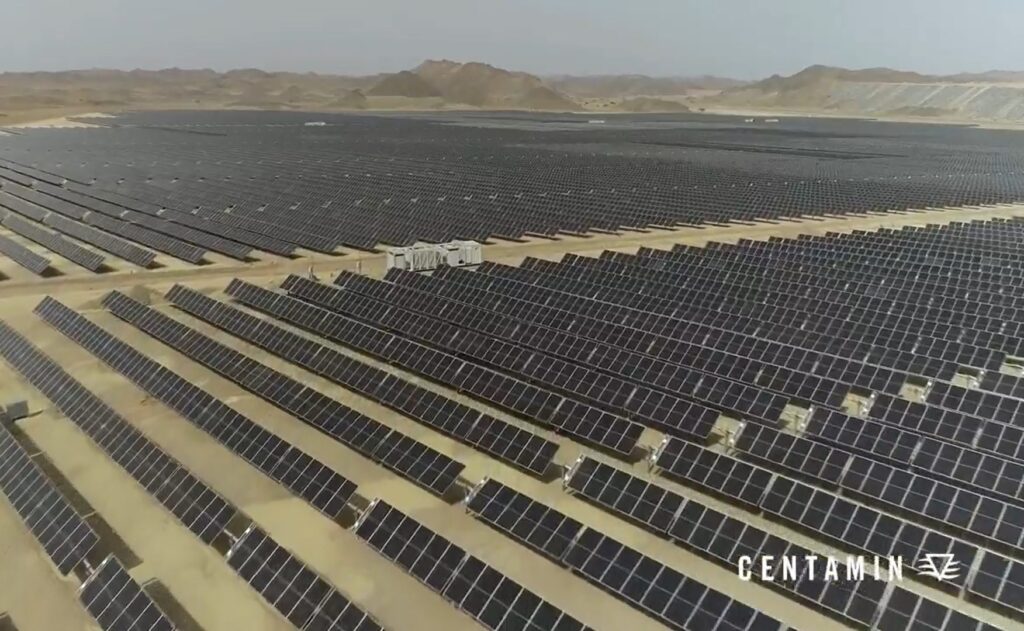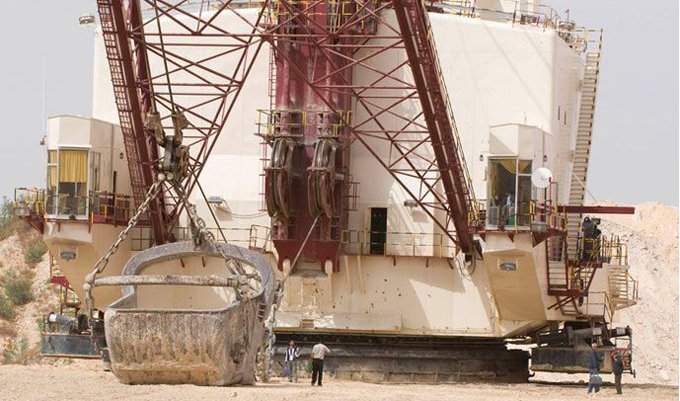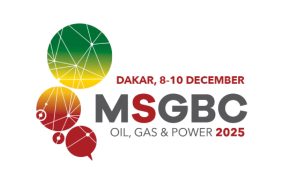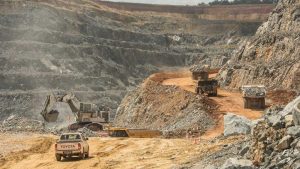The Integration of Solar and Wind Energy in Mining Operations to Reduce Carbon Footprints and Enhance Sustainability
Renewable Energy Projects. North Africa, with its vast desert landscapes and abundant sunlight, is uniquely positioned to harness renewable energy sources. The mining and engineering sectors, in particular, have begun to integrate solar and wind energy into their operations, aiming to reduce their carbon footprints and enhance sustainability. This article explores several real case studies from countries and companies in North Africa that are leading the way in this green revolution.
Solar Energy Initiatives
Egypt: Centamin’s Sukari Gold Mine

Centamin’s Sukari Gold Mine in Egypt stands as a pioneering example of integrating solar power into mining operations. The company has installed a 36 MW solar power plant, which is expected to generate approximately 62 GWh of clean energy annually. This project reduces the mine’s reliance on diesel fuel, significantly lowering greenhouse gas emissions. The solar plant not only cuts costs but also provides a reliable power source in a remote location where grid connectivity is challenging.
Morocco: OCP Group’s Phosphate Mines

Morocco’s OCP Group, a leading phosphate producer, has embarked on an ambitious plan to power its mining operations with renewable energy. The company has invested in several solar projects, including the installation of solar panels at its Khouribga and Benguerir sites. These initiatives aim to meet 100% of the electricity needs of their industrial activities through renewable sources by 2030. By leveraging the abundant sunlight in the region, OCP Group is reducing its carbon footprint and setting a benchmark for sustainable mining practices.
Wind Energy Projects
Tunisia: Gafsa Phosphate Company
In Tunisia, the Gafsa Phosphate Company has initiated a wind energy project to power its mining operations. The company has installed wind turbines with a capacity of 30 MW at its mining sites. This project is part of a broader strategy to increase the share of renewables in the country’s energy mix and reduce dependence on fossil fuels. The wind energy project not only contributes to sustainability but also enhances energy security for the mining operations in remote areas.
Algeria: Sonatrach’s Hybrid Renewable Energy Project
Algeria’s state-owned oil and gas company, Sonatrach, has ventured into renewable energy to power its mining and extraction activities. The company has implemented a hybrid renewable energy project that combines solar and wind power. This initiative, located in the Hassi R’Mel gas field, includes the installation of 10 MW of solar panels and 10 MW of wind turbines. The hybrid system ensures a consistent energy supply, reduces greenhouse gas emissions, and aligns with Algeria’s commitment to increasing renewable energy production.
Benefits and Challenges
The integration of solar and wind energy in North Africa’s mining operations offers several benefits:
- Reduced Carbon Footprint: By switching to renewable energy sources, mining companies can significantly lower their greenhouse gas emissions.
- Cost Savings: Renewable energy can provide long-term cost savings compared to traditional fossil fuels, especially in remote locations with high fuel transportation costs.
- Energy Security: Renewable energy projects can enhance energy security and reliability, reducing dependence on imported fuels and vulnerable supply chains.
- Sustainability: These projects contribute to broader sustainability goals, promoting environmental stewardship and corporate responsibility.
However, there are challenges to consider:
- Initial Investment: The upfront costs of renewable energy infrastructure can be high, requiring significant capital expenditure.
- Technological Adaptation: Integrating renewable energy systems with existing mining operations requires technical expertise and innovative solutions.
- Regulatory and Policy Support: Government policies and incentives play a crucial role in facilitating the adoption of renewable energy in the mining sector.
Conclusion
The integration of solar and wind energy in North Africa’s mining and engineering sectors represents a significant step towards sustainability and carbon reduction. Through innovative projects and strategic investments, countries like Egypt, Morocco, Tunisia, and Algeria are setting examples for the rest of the world. These initiatives not only benefit the environment but also demonstrate that renewable energy can be a viable and cost-effective solution for powering industrial operations in remote and challenging locations.
North Africa’s journey towards a greener and more sustainable future is just beginning, and the mining sector is poised to play a pivotal role in this transformation. As technology advances and renewable energy becomes more accessible, we can expect to see even more ambitious projects that will further cement the region’s commitment to sustainability and environmental stewardship.







